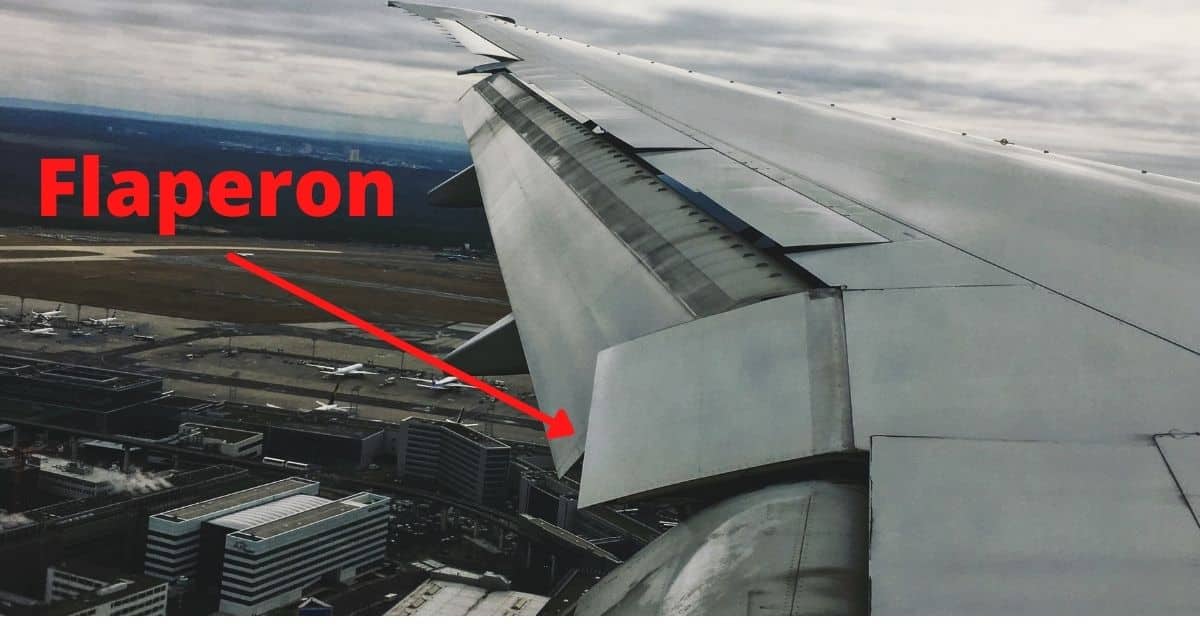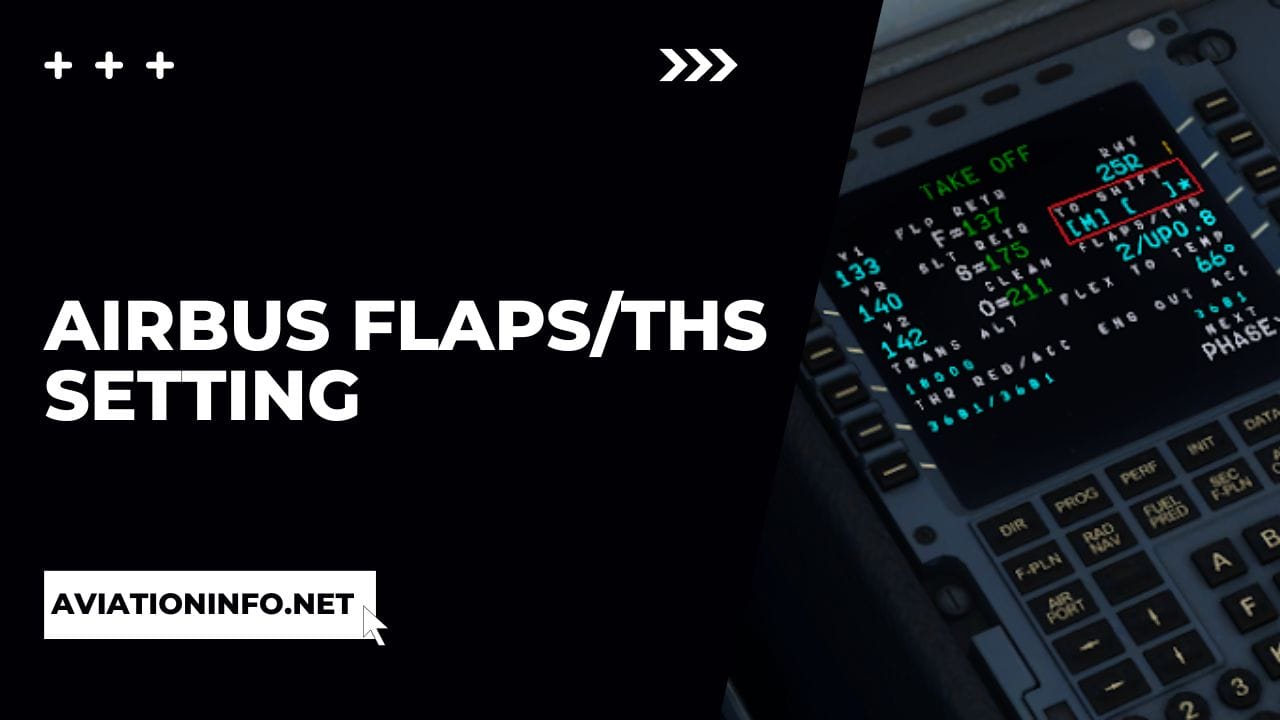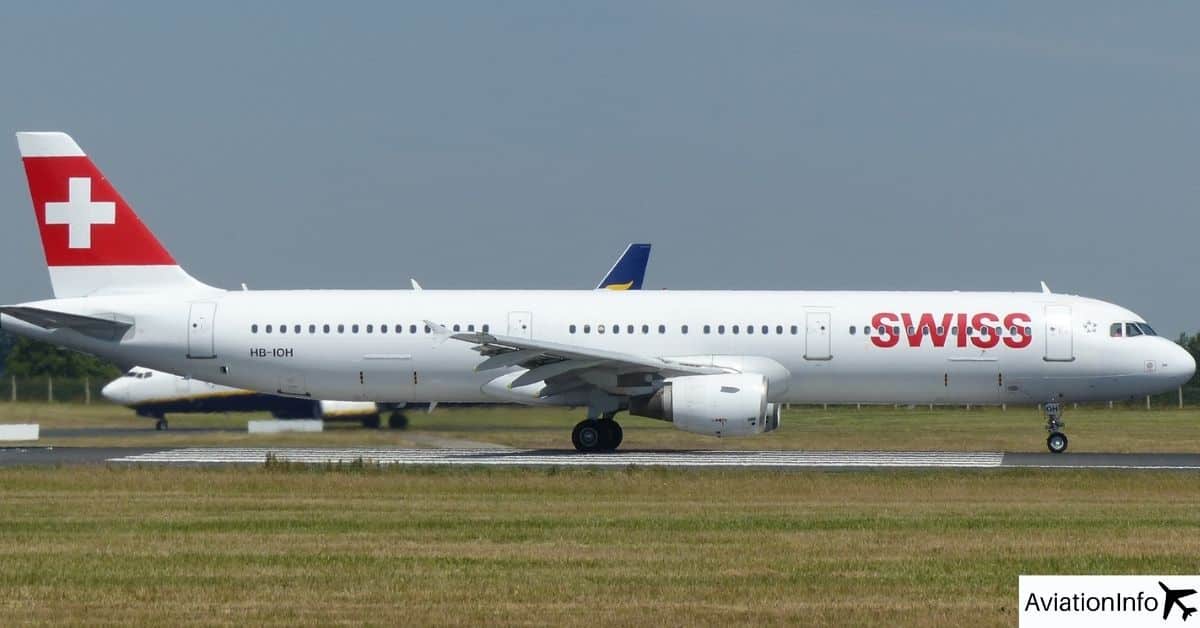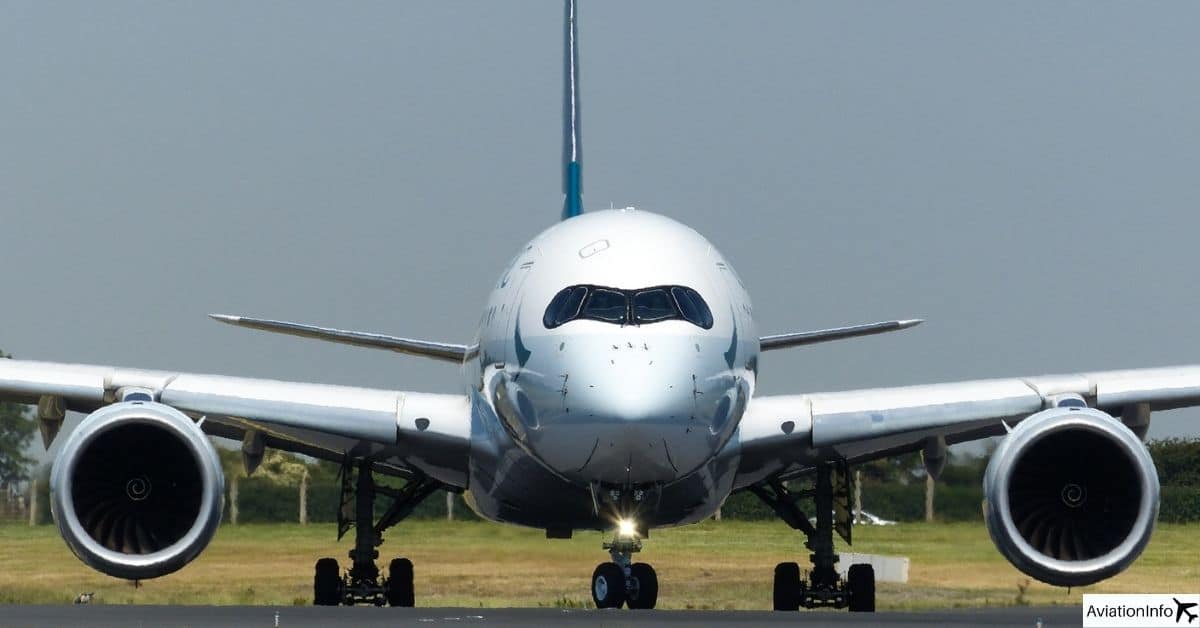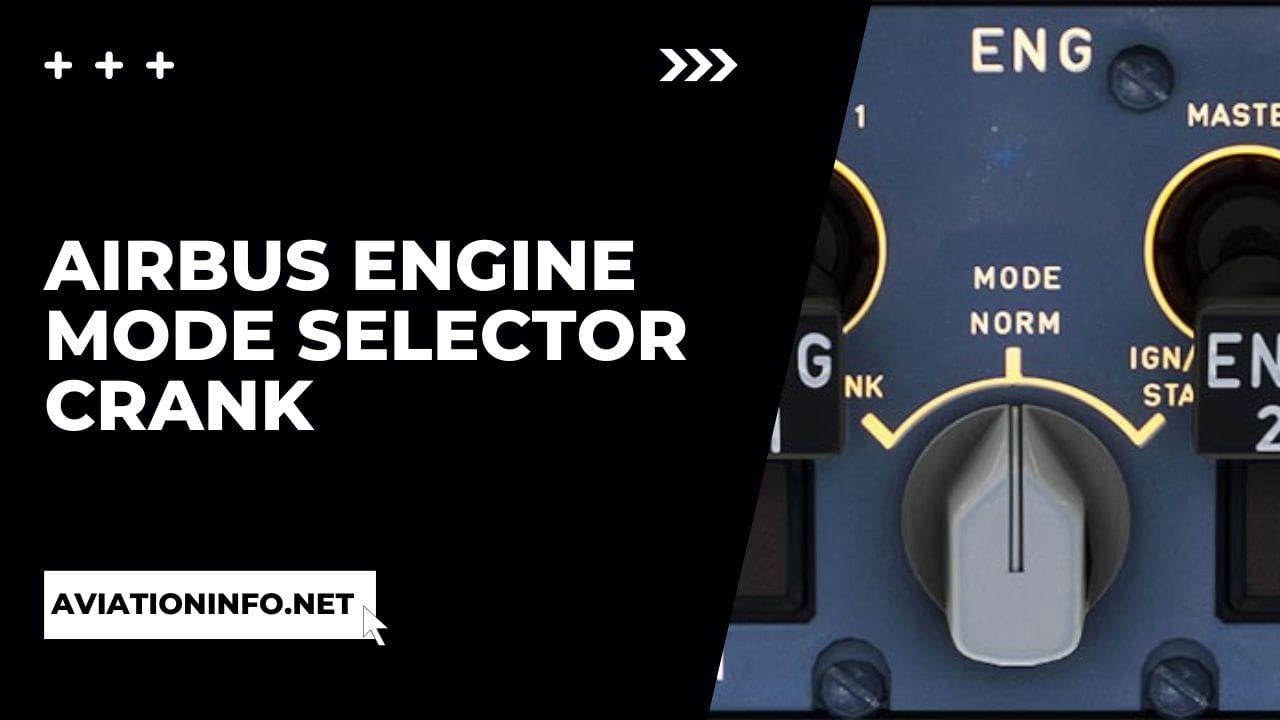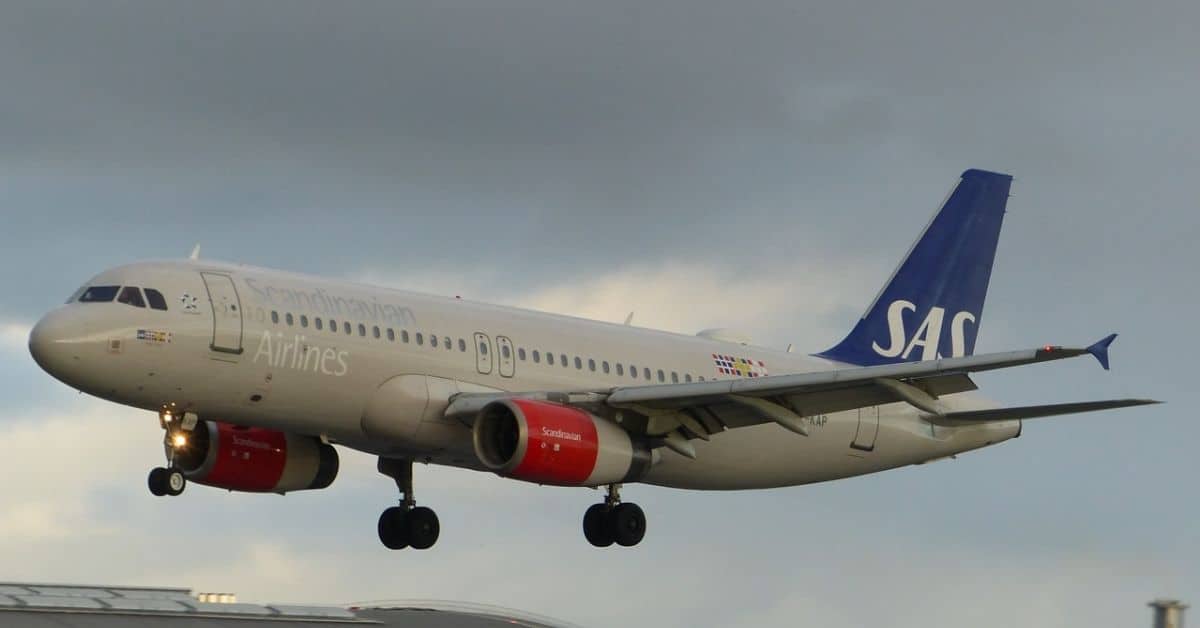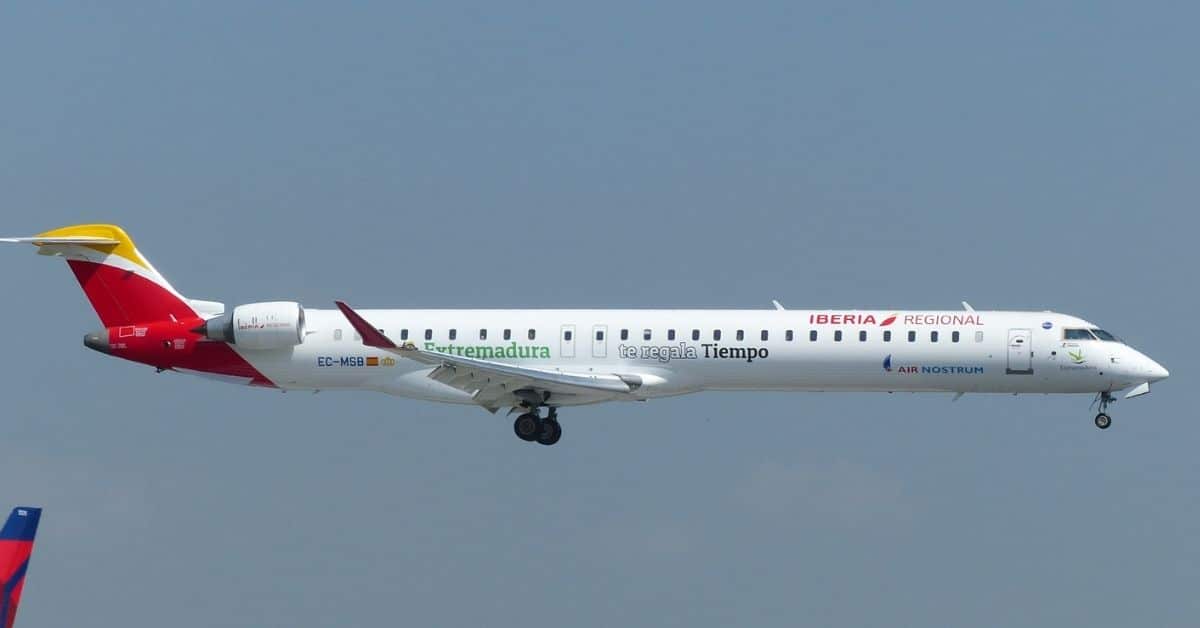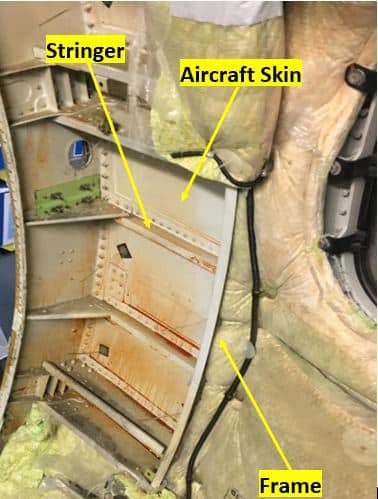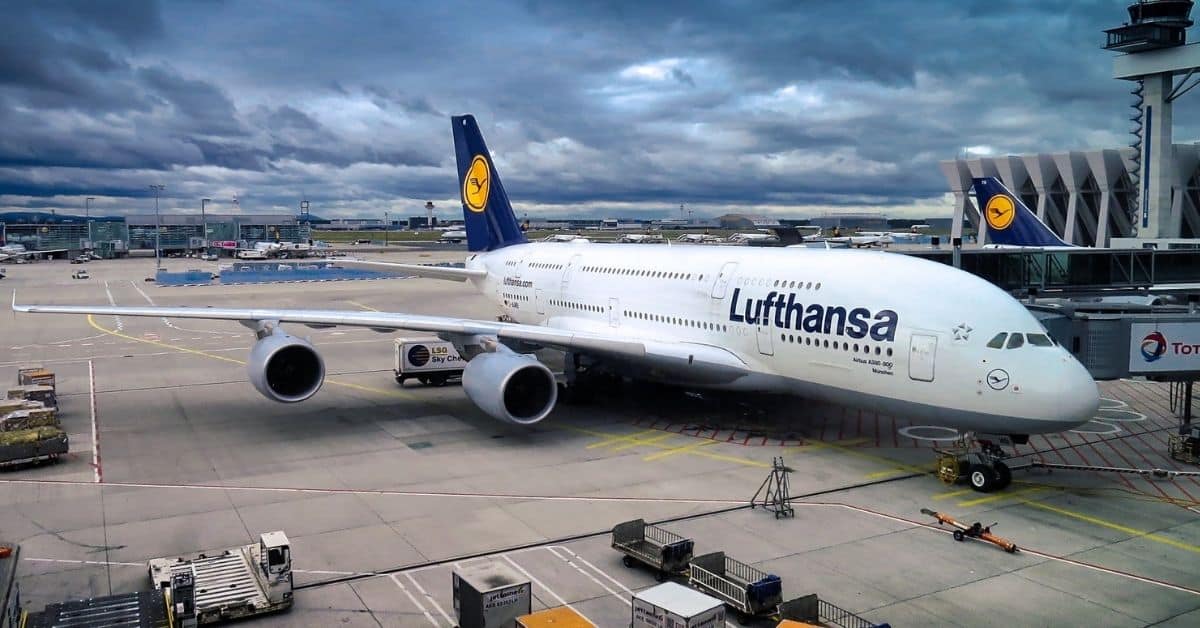Flaperons | Aviation Glossary
On fixed-wing aircraft, there are numerous aerodynamic devices installed which serve a number of functions. These functions include the generation of lift and drag across the airfoil. Two of the aerodynamic devices found on aircraft are flaps and ailerons. Flaps being lift-generating devices in which the chord of the wing can be changed while also … Read more
